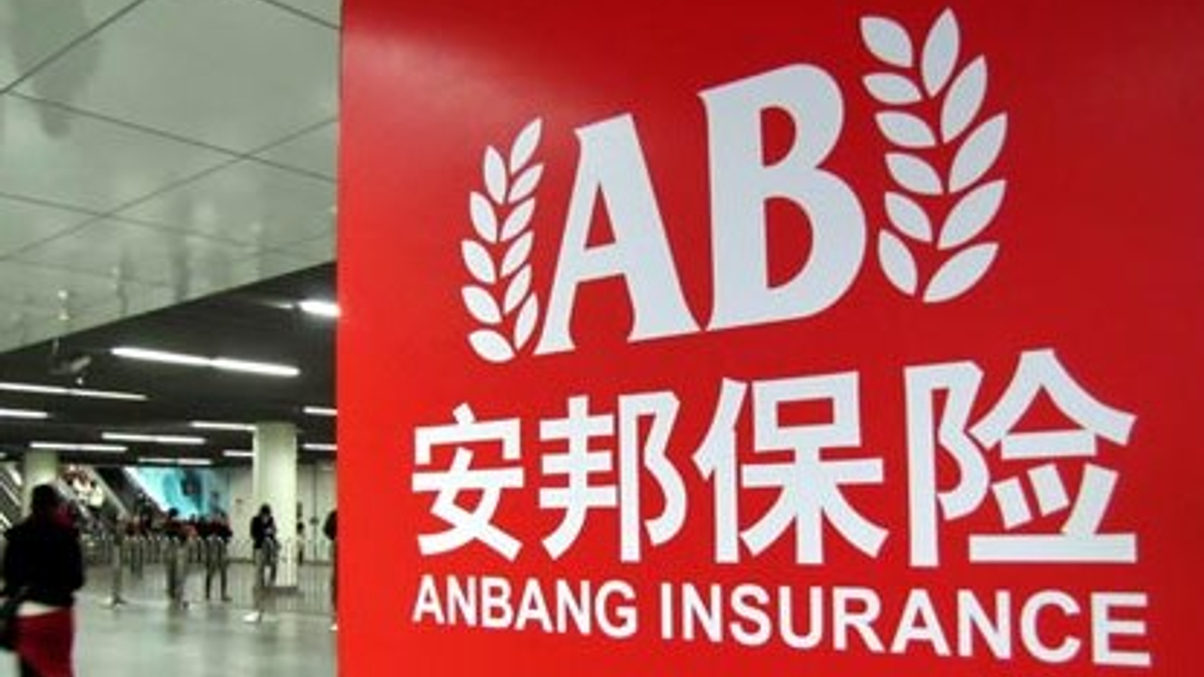AI300: Risky business behind Chinese insurers’ rapid asset growth
Chinese insurance firms' assets soared last year thanks to a boom in high-cash-value policies, but they may struggle to meet these liabilities, say industry observers.

Chinese insurance firms were Asia's fastest growing asset owners last year, according to AsianInvestor’s AI300 list of the region's biggest investors. This was driven by stellar growth among small and medium-sized life insurers on the back of fast-rising policy premiums.
Sign in to read on!
Registered users get 2 free articles in 30 days.
Subscribers have full unlimited access to AsianInvestor
Not signed up? New users get 2 free articles per month, plus a 7-day unlimited free trial.
¬ Haymarket Media Limited. All rights reserved.


